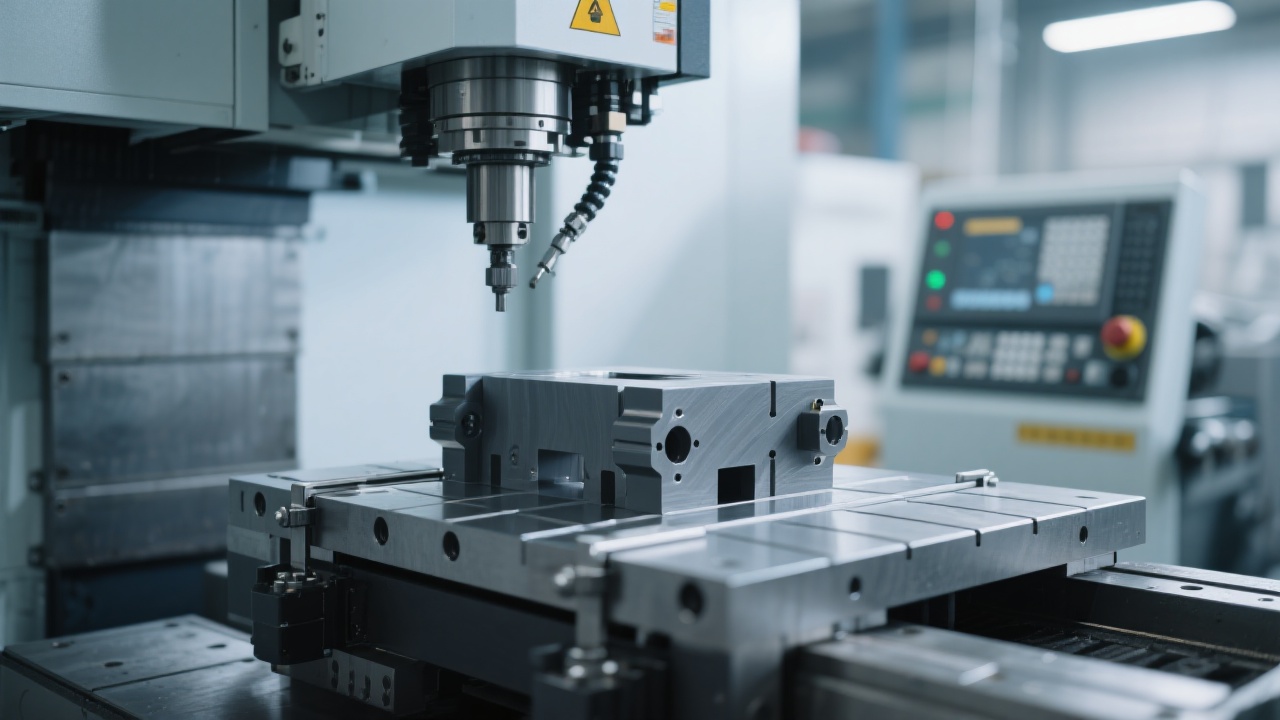
As an engineer in the fields of new energy battery and mold manufacturing, you may often encounter issues such as rough surfaces, chipped edges, and burrs during graphite milling. These problems not only reduce the yield of finished products but also affect the consistency of product quality. This article will provide you with a comprehensive guide to identify and solve these processing defects.
Surface roughness in graphite milling can be caused by improper tool selection. For example, using a tool with a dull cutting edge can lead to uneven cutting, resulting in a rough surface. Chipped edges are often related to excessive cutting force, which may be due to incorrect cutting parameters. Burrs usually occur when the material removal process is not smooth, and it can also be affected by the cooling method.

PCD (Polycrystalline Diamond) tools are an excellent choice for graphite milling. PCD tools have high hardness and wear resistance, which can significantly improve the cutting quality and tool life. Compared with traditional carbide tools, PCD tools can reduce the frequency of tool replacement by about 30 - 50%, thereby increasing production efficiency.
Optimizing cutting parameters is crucial for graphite milling. The cutting speed, feed rate, and depth of cut need to be carefully adjusted according to the material properties and tool characteristics. For example, a higher cutting speed can improve the surface finish, but it also increases the cutting force. A reasonable feed rate can ensure smooth chip removal. Here is a comparison table of typical cutting parameters:
| Parameter | Traditional Setting | Optimized Setting |
|---|---|---|
| Cutting Speed (m/min) | 100 - 150 | 180 - 220 |
| Feed Rate (mm/r) | 0.05 - 0.1 | 0.1 - 0.15 |
| Depth of Cut (mm) | 0.2 - 0.5 | 0.3 - 0.6 |
The wet flushing system plays a core role in temperature control and chip cleaning. It can effectively reduce the temperature during the cutting process, preventing the tool from overheating and extending its service life. At the same time, it can wash away the graphite chips in time, reducing the occurrence of burrs and surface roughness. For example, using a wet flushing system can reduce the cutting temperature by about 20 - 30°C compared with dry cutting.

We have included several practical cases in this article to illustrate how these solutions work in real - world scenarios. These cases will show you how to apply the above - mentioned methods to solve specific problems. Additionally, we provide a quick self - check list for you:

Ready to revolutionize your graphite milling process? Our advanced equipment, such as the ones with a full - sealed design, can significantly reduce the failure rate and improve your production efficiency. Click here to learn more about our solutions and take your graphite processing to the next level!

